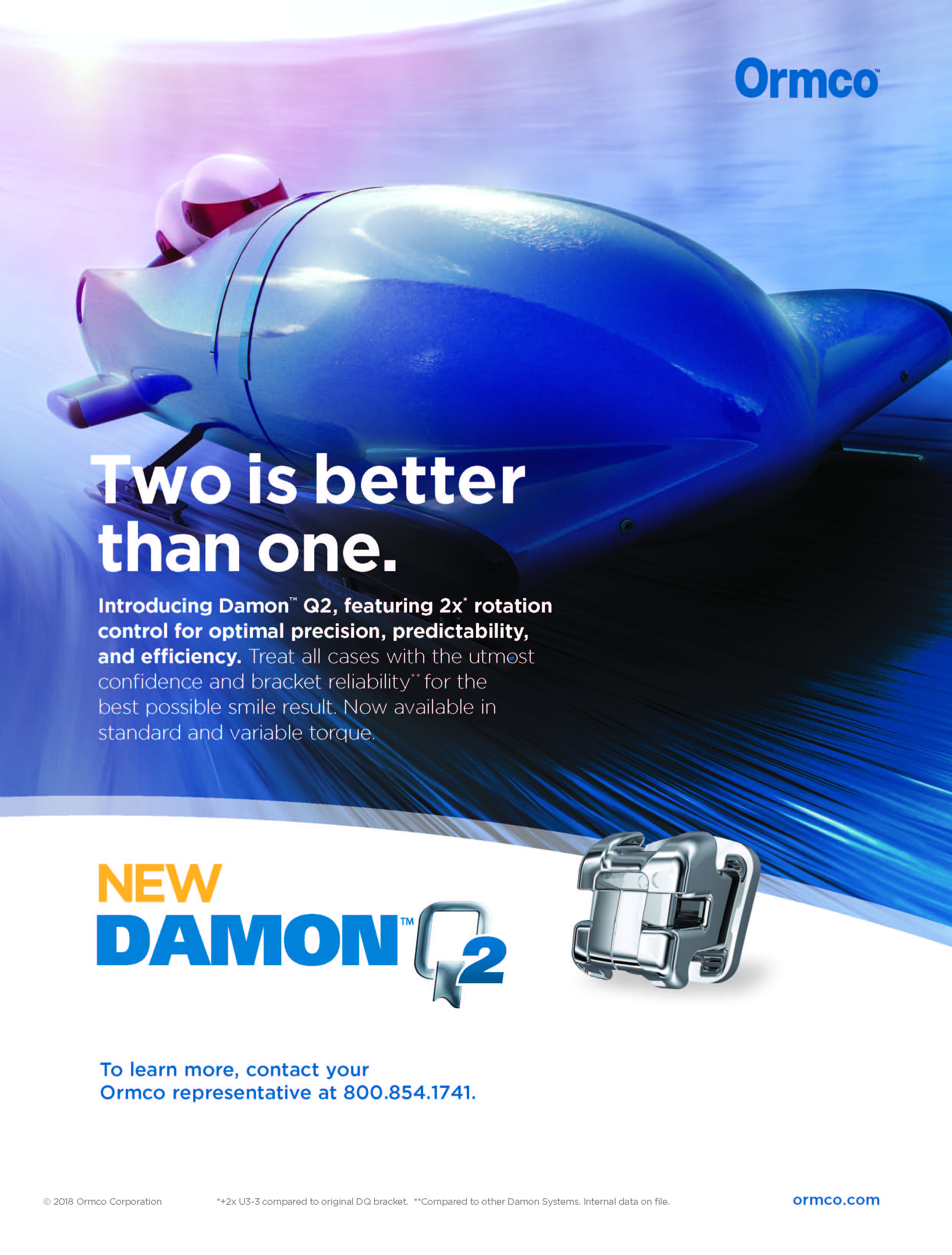Associate Editor Peter Sinclair’s Readers’ Corner has long been one of our most popular features. Having worked with Dr. Sinclair at the University of Southern California for almost 20 years—even longer than on our JCO editorial board—I can affirm what an excellent clinical orthodontist he is, in addition to being a world-renowned speaker, educator, and author. Previous Readers’ Corners have covered such diverse treatment topics as tooth whitening, congenitally missing incisors, and rotated molars. In this issue, Dr. Sinclair explores an issue that involves not delivering treatment—at least not immediately.
Similar articles from the archive:
- THE EDITOR'S CORNER The Orthodontist as Sculptor August 2015
At first glance, the subject of pretreatment observation protocol seems like a no-brainer. I confess that I have always had a rather simplistic approach to this matter. Unless there is a crossbite (which I treat as soon I see it), I do not initiate treatment until the second deciduous molars are getting loose. If I feel that the patient is not yet ready to begin treatment, I simply tell the parents to bring the patient back every six months until I find that treatment should be started. Of course, there are exceptions—traumatic occlusions, severe sagittal discrepancies, cases in which children are being teased because of the appearance of their teeth—but generally this approach has worked well for me over the years.
As Dr. Sinclair’s survey reveals, many of our readers take a much more sophisticated approach. As would be expected in today’s digital practice environment, most practitioners now use computerized systems for their observations and recalls. A few offices still employ paper systems, but those methods seem to be nearly extinct.
I never even considered that I might need different categories of recalls and observations. Dr. Sinclair describes a variety of classification schemes: some practices use the patient’s stage of development as the dividing factor; others separate out patients who have already undergone Phase I treatment; still others use the estimated time before starting treatment as the basis for categorizing observation patients.
Recall intervals and scheduling are other potentially complex issues addressed by Dr. Sinclair, along with fees, marketing, and insurance limitations. Of the pretreatment observation problems identified by our respondents, the most crucial by far was a high percentage of canceled and missed recall appointments. The follow-up systems mentioned by some practitioners might help in this regard.
Special thanks to the more than 80 readers who responded to our online questionnaire. After reading this remarkably thorough coverage of an apparently simple topic, I am rethinking my own approach to observation and recall patients. I’m sure many of our subscribers will do so as well.
RGK
Correction
In the Case Report on “Treatment of Skeletal Class II Open Bite with the Triple Intrusion System” by Drs. Gökalp, Efendiyeva, Bilgili, and Efe (JCO, August 2018), the caption for Fig. 3 (p. 432) should refer to the “intrusion of upper molars” rather than lower molars.


